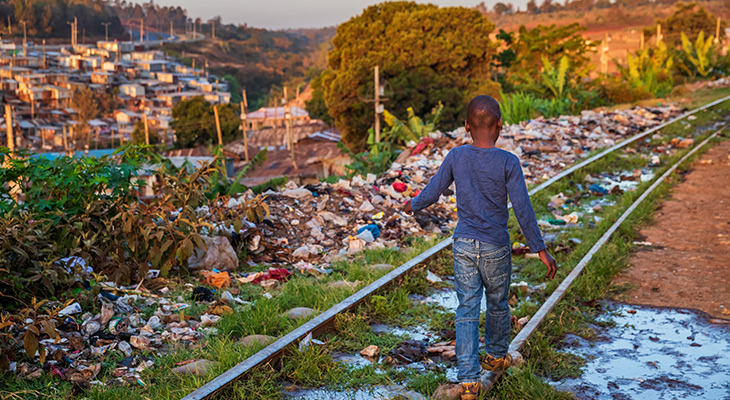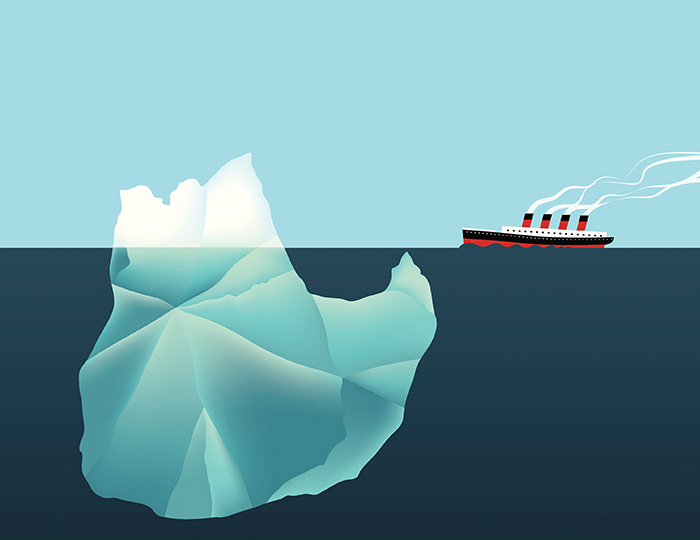NEWS • 2024-09-05
The sustainability trilemma
In the quest for sustainable development, achieving prosperity, equality and a healthy environment is the ultimate goal. This trio, often called the “triple bottom line”, aims to provide high living standards that are both widely shared and environmentally sustainable. However, recent research suggests that this ideal may be more of a trilemma, as these goals frequently conflict with one another.

Photo: IStock/hadynyah
In a study initiated within the Beijer Institute project Inequality and the Biosphere, a group of former Beijer Young Scholars analysed data from 140 countries between 1995 and 2017, to better understand the synergies and tradeoffs between prosperity, income equality and environmental impact. Led by Tong Wu (Stanford University) and Juan Rocha (the Stockholm Resilience Centre), the analysis shows that no country has successfully balanced all three dimensions. The authors claim “this strongly suggests that there is a sustainability trilemma at the global scale”.
The trilemma in action
The researchers, including Caroline Schill, Anne-Sophie Crépin and Carl Folke at the Beijer Institute, used three key indicators for their analysis: per-capita gross national income (GNI) to measure prosperity, the Gini coefficient for income distribu¬tion to assess inequality, and the ecological footprint to gauge environmental impact. They discovered that while some coun-tries manage to achieve high prosperity and equality, or high equality and low environmental impact, none achieve all three simultaneously.
Instead, their analyses showed clear trade-offs, where im¬proving one aspect can lead to setbacks in another: A coun¬try’s environmental impact tended to increase as its income inequality decreased. Similarly, as nations became more pros¬perous, their environmental impact also grew. Even countries with historically low inequality, such as Sweden and New Zea¬land, began to show increasing inequality as their economies continued to grow.
Global patterns and country clusters
The study also identified patterns and clusters among coun¬tries. Some nations showed synergies, moving in positive di¬rections on more than one front, while others faced trade-offs, where gains in one area led to losses in another. One cluster of primarily advanced Western economies had high prosperity, high inequality, and high environmental impact. A second clus¬ter, comprised of countries from Africa, Latin America and Asia (broadly, the “Global South”) tended to have lower prosperity while the levels of inequality and environmental impact var¬ied. A group of Latin American countries, however, stood out as being trapped in a state of high inequality.
Interestingly, the analysis revealed that inequality exacer¬bates the trilemma. Countries with high inequality find it hard¬er to balance prosperity and environmental health, as wealth concentration often leads to higher overall consumption and environmental degradation. This underscores the importance of addressing income distribution as a crucial component of sustainable development.
Pathways to sustainable development
The study’s authors suggest that mitigating this sus¬tainability trilemma requires a shift in priorities, especially for already prosperous nations. They rec¬ommend focusing on economic redistribution and environmental stewardship over relentless growth. This could involve policies that promote fairer wealth distribution and stricter environmental reg¬ulations to ensure that economic activities do not compromise the planet’s health.
The Inequality and the Biosphere project is financed by Formas, the Swedish government research council for sustainable development.
Wu, T., J. C. Rocha, K. Berry, T. Chaigneau, M. Hamann, E. Lindqvist, J. Qiu, C. Schill, A. Shephon, A.-S. Crepin, and C. Folke. 2024. Triple bottom line or trilemma? Global trade-offs between prosperity, inequality, and the environment. World Development 178:106595
NEWS



